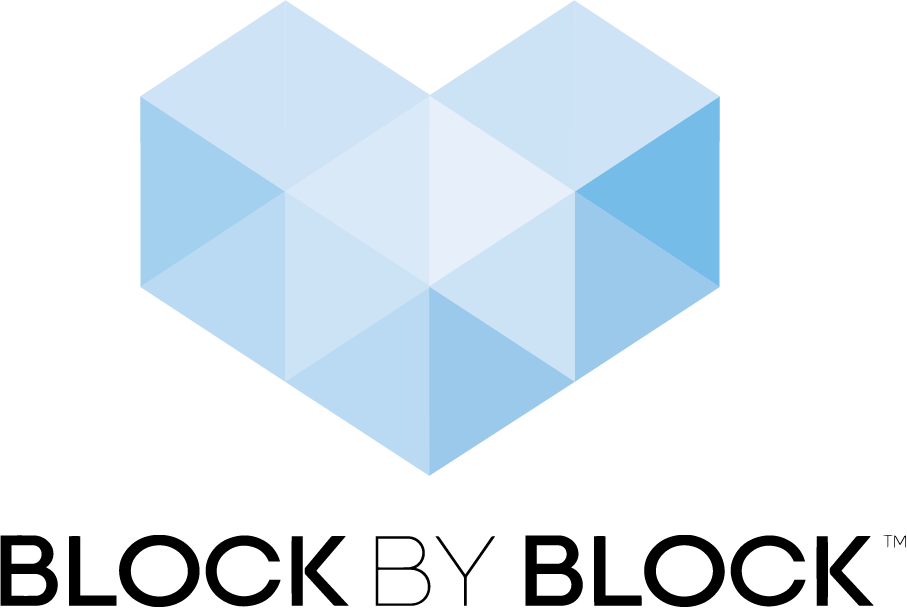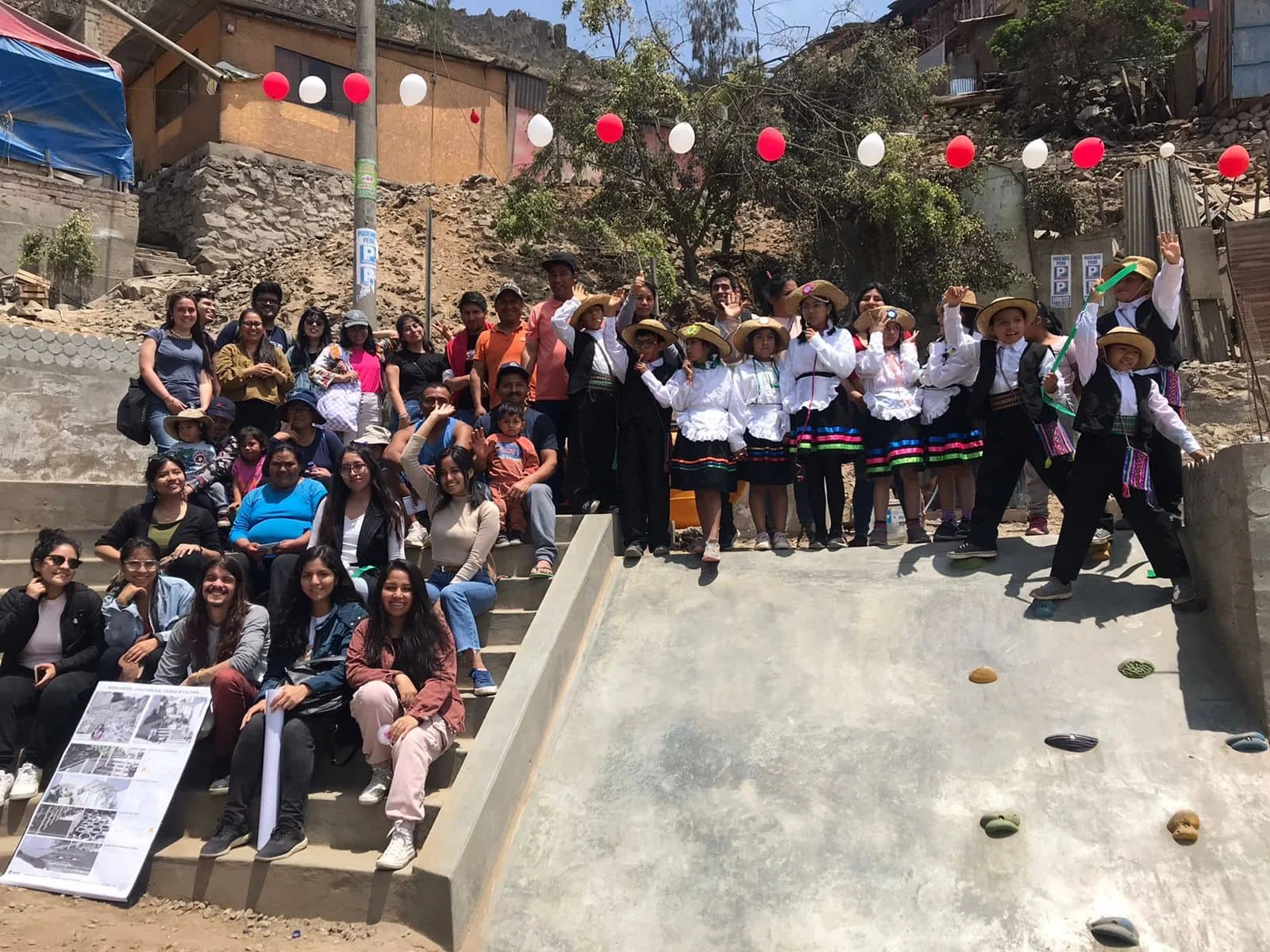Building Empowerment for Women in Lima, Peru
Building Empowerment for Women in Lima, Peru
Women in Lima, Peru reimagined and rebuilt public spaces, passageways, parks, and more, creating independence and empowerment for themselves and their children.
Building Empowerment for Women in Lima, Peru
Lima, Peru
Project types: Urban regeneration
Collaborators: UN-Habitat, AVINA Foundation, Ocupa tu Calle, Mano a Mano
Region: Latin America and the Caribbean
Tags: accessibility, children and youth, climate change and environmental sustainability, cultural heritage, economic opportunity, education and schools, empowering women and girls, multigenerational use, public health, public space assessment, public safety and security
Background
Lima, Peru is built on a gentle rise from the ocean into the Andes foothills. With nearly 11 million inhabitants, it’s one of the largest metropolitan areas on the continent. And because of its unique topography, many of the pathways that crisscross the capital are prone to landslides, washouts, and other dangers. UN-Habitat partnered with AVINA Foundation, Ocupa tu Calle, and Mano a Mano in a pilot project to improve public spaces and community connections in La Ensenada in Puente Piedra and Pamplona Alta in San Juan de Miraflores. The project goal “to promote resilience, social cohesion and city-wide public policy improvements” and help link these neighborhoods with communities across the capital using the Block by Block Methodology. In doing so, the partners sought to empower women with the tools to make real, lasting, impactful change in their lives.
Identifying prime spaces for urban regeneration is the first step.
Building Empowerment, Block by Block
Beginning with a workshop of nearly 200 residents from the surrounding neighborhoods – including 135 women – the group learned the community’s concerns for the areas, as well as the challenges they’ve encountered in using and improving the spaces. The team also quickly realized that women’s understanding of the local area went well beyond the best routes from point A to point B. The Women Builders Initiative also proved to be a wealth of valuable historical knowledge about which building techniques are safest, most resilient, and most effective for the challenging topography. Public spaces are for all, and making them accessible to everyone was important for this group.
“We believe that having recovered the park is a sign that we are making a change that will benefit the boys and girls, who will now have a space to play and learn about caring for plants.”
Augmenting the use of Minecraft in ideating and designing, the team also used Inhabit Place, an application that helps communities collect and analyze data on the current use of public spaces in order to help improve them going forward. Together these powerful, easy-to-use tools moved the projects forward smoothly.
“It was a very nice experience to be able to participate in the design of the park. The mamitas de la olla have been able to participate in the sessions and we have been able to support them at work.”
Progress
What started as a pilot with 135 members of the Women Builders Initiative has grown into a public space regenerative project serving over 40,000 residents of these neighborhoods. Passageways, retaining walls, cultural elements, and more were constructed with their insight and guidance. Highlights include inclusive games and redesigned urban gardens in San Juan de Miraflores and the Pasaje El Rosario and Pasaje Los Alamos in La Ensenada that help children of the area pass safely to and from the neighborhood’s study center. Beyond the much-needed enhanced accessibility the projects promote, the initiative also nurtured economic independence for women and girls, giving them a greater voice in the growth and improvement of Lima. Lastly, the Female Builders are continuing to pass on their knowledge and inspiration to other women through community-focused workshops, putting the power of technology into the hands of Lima’s women.





